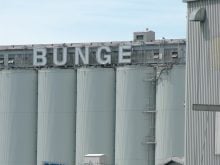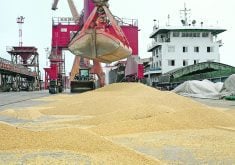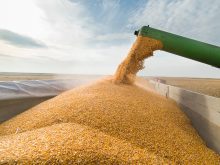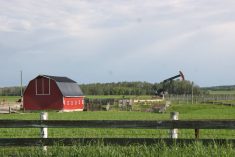The eastern Prairies has lost the distinction of being the world’s cheapest place to feed a pig, according to a recent study.
That conclusion could dash the hopes that many farmers and some provincial governments have been clinging to since the end of the Crow benefit. The loss of subsidies for grain was expected to produce a surge in livestock production, offering farmers a partial solution to grain industry problems.
The study by the George Morris Centre, an agricultural think-tank, found that southern Minnesota is now a cheaper place to feed a pig to slaughter weight.
Read Also
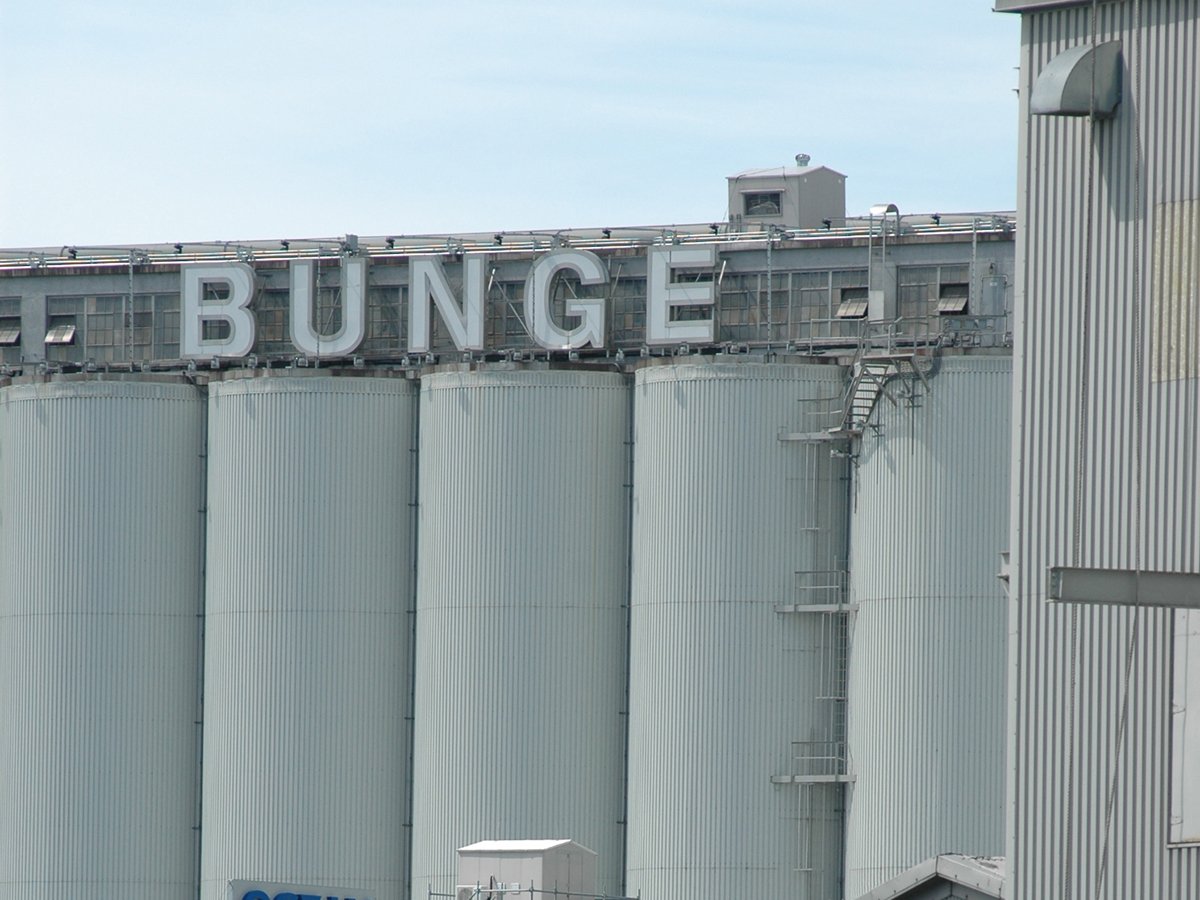
Bunge’s crop mix is changing
Bunge has predominantly been a soybean processing firm, but that’s about to change after the merger with Viterra with softseed processing and grain merchandising gaining ground.
The findings contradict the centre’s earlier predictions that Manitoba and eastern Saskatchewan would become the cheapest places to produce a pig.
“It’s happening,” said Manitoba Pork chair Marcel Hacault.
“We can see it here in Manitoba.”
This year, about 1.5 million Manitoba weanlings will be shipped to U.S. feeder barns, drawn there by lower feed costs and slightly better slaughter prices.
Instead of feeder barns springing up in Manitoba and eastern Saskatchewan, the eastern Prairies is becoming a supplier to the U.S. midwest.
Some Manitoba pig producers have even built finishing barns in the United States, Hacault said.
Economists are debating whether this is a short-term problem or a trend that will continue to affect the Canadian industry.
The study says the problem is created by high barley prices on the Prairies, caused by U.S. subsidy programs for corn and fusarium problems in prairie feed grains.
Barley usually follows corn’s price lead, but that hasn’t happened consistently since 1994, said Al Mussell, co-author of the report.
Barley has become relatively more expensive as supplies are reduced and U.S. corn supplies have grown.
Some economists think the report’s conclusions are too pessimistic.
Manitoba Agriculture livestock markets analyst Janet Honey said the study should not have lumped in southeastern Manitoba with western Manitoba, because those areas have different situations.
Southeastern Manitoba pig producers are longtime feed importers and are the main shippers of weanlings. They also have the worst fusarium problems. Conditions in western Manitoba are better.
Honey said the study’s authors gave incorrect values for the sale prices of pigs in Manitoba, which had the effect of lowering the apparent return to Manitoba producers.
“I feel the study doesn’t do Manitoba justice,” said Honey.
University of Saskatchewan agricultural economist Richard Gray said the study may be highlighting a short-term situation.
“I think they’re overplaying recent weather events,” said Gray.
For the past two years, drought conditions in the western Prairies have pushed up barley prices relative to corn, while unusually wet conditions in eastern Manitoba have made fusarium a bigger problem than usual.
But no one questions that the eastern Prairies’ edge in livestock production has taken a beating.
“There were some pretty heady times two years ago,” said Hacault. “But all that’s changed now. We have some problems we have to deal with.”



